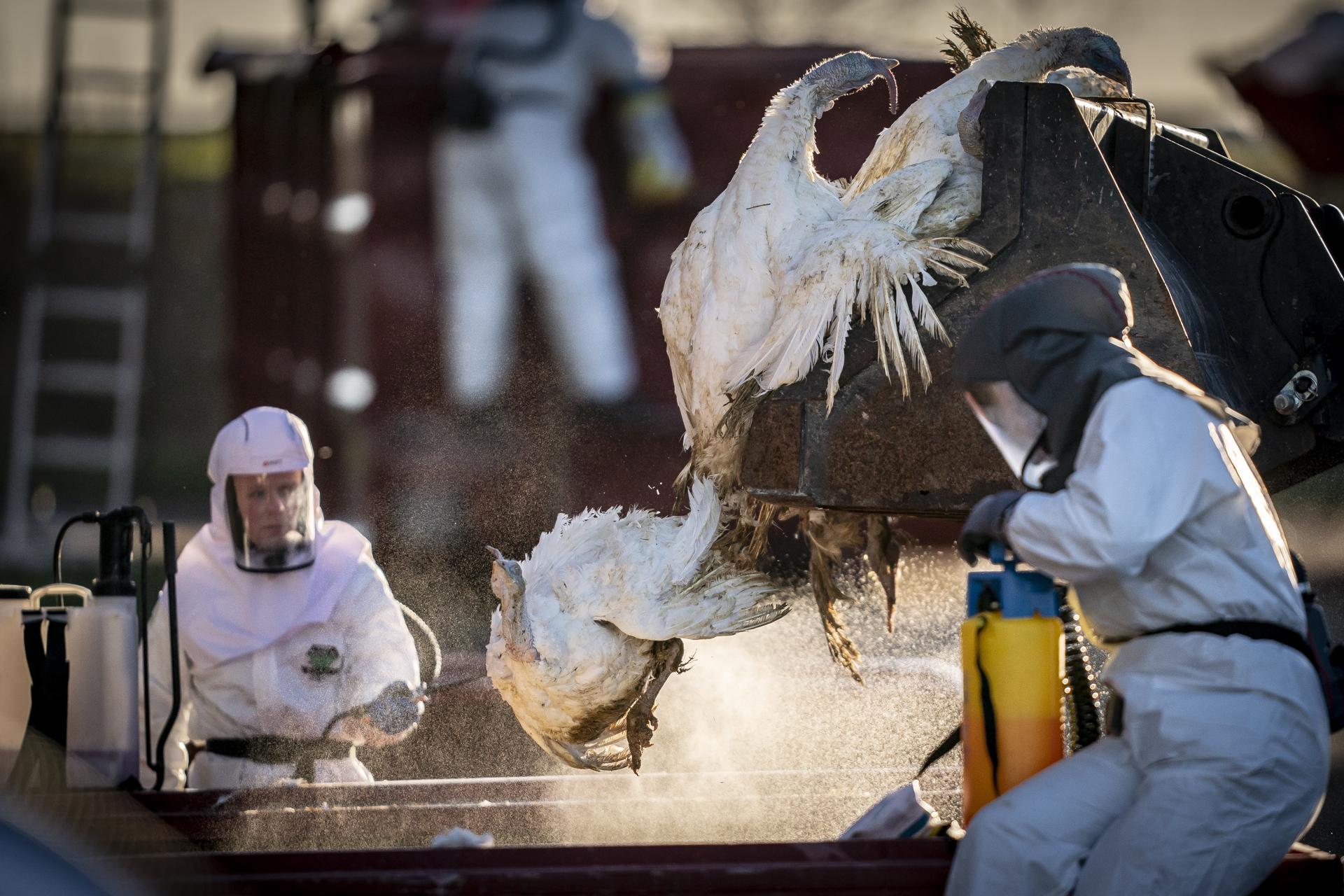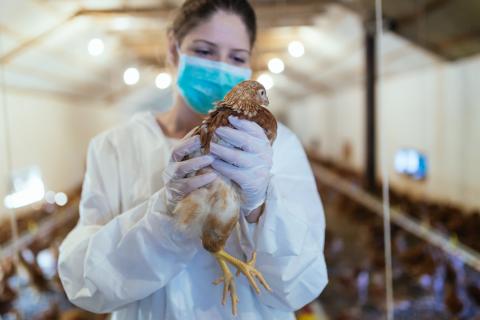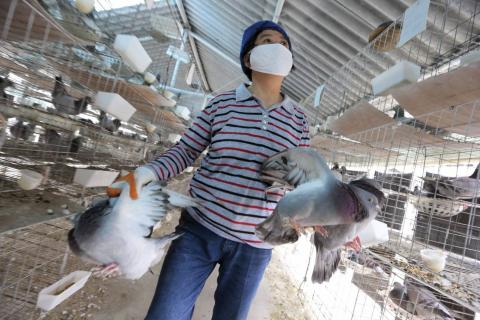"The main change seems to be that the virus is more adapted to wild birds and that the seasonality has been lost and is all over Europe," summarised the director of the Institute of Diagnostic Virology (Germany), Martin Beer, at the briefing organised by SMC Germany. In fact, the scientist highlighted the importance of the fact that H5N1 influenza has reached new continents such as South America with new species of birds that have never before come into contact with the pathogen. In other words, the outbreaks are already a global panzootic - a pandemic affecting animals.
"What is important is the change in the epidemiology [of the virus] in wild birds and biodiversity," explained Ursula Höfle, contract professor in the SaBio Research Group at the National Institute for Game and Wildlife Research, University of Castilla-La Mancha. "It is very serious because these are unprecedented changes," she added.
On the mink outbreak on a farm in Galicia that has gained international attention, Höfle explained that "transmissibility developed de novo on that farm", but that "so far it seems that it was an isolated event". As for the origin of the infections, the scientist theorised that it was most likely the seagulls, which "have access to the farm because they are open buildings", but that, although there is molecular evidence to support this hypothesis, it is still being studied.
The researcher recalled that this event is still being analysed, but that the molecular evidence and the nature of the outbreak "suggest mink to mink transmission", which is consistent with previous research in China that "already showed that it is very easy for this virus to adapt to mink".
Call for calm over possible human pandemic
"It is not the right time to say that we are close to a human pandemic," Beer reassured, "but we have to keep a close eye on the situation, which is very dynamic, and it is difficult to predict what is going to happen. He also recommended vaccination of domestic poultry in Europe, even if this has not been allowed before. In addition, he warned of the dangers of farms such as mink farms: "We have to be careful about keeping animals in large numbers and in sub-optimal conditions because it is a continuous risk.
It is not the right time to say that we are close to a human pandemic
Martin Beer
Ian H. Brown, head of virology at the Animal and Plant Health Agency (UK), said that vaccination will have "an important role to play in putting out the local fire", but that "on its own it will fail" because it has to be combined with other surveillance and control measures.
Brown listed some of the tools needed to combat H5N1 outbreaks, such as having good detection systems and implementing restrictions to prevent the spread to other farms. "Any jump [between species] increases the risk, we can't just sit back because we know what happened with covid-19," he said. Still, he also reminded: "We are not at a point where we need to worry about it passing to humans" because "infection in people is still very rare".




